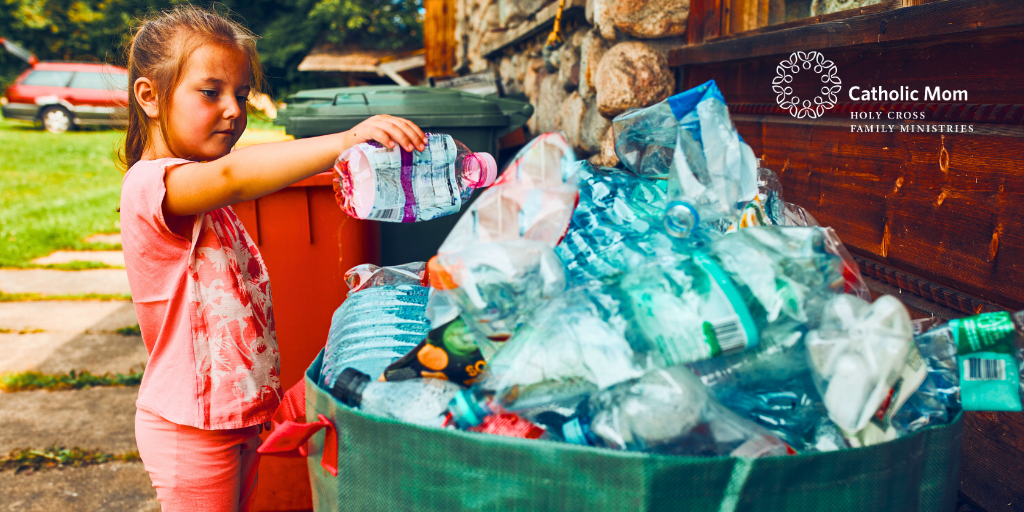
Lisa Hess looks at the big picture of organization with an eye toward what we don’t need to keep.
Getting organized can be a challenge, in part because being organized isn't just a matter of having a tidy workspace. At its best, organization is a complex concept that involves deciding where to put things and where to find things, as well as having an internal sense that we're on top of everything important.
Quite a concept. No wonder it's a process.
Knowing what to keep and what to get rid of is at the heart of organizing. It's what gives us that lovely, peaceful (albeit often fleeting) sense of having it all together. While what you keep is ultimately up to you, there are some universal guidelines about what to get rid of. Here are three of them, along with some first steps for getting them under control.

Physical Clutter
Okay, this one's obvious. De-cluttering is clearly a part of organizing, right? While it's much more complex than throwing out anything that's in our path, it's something we can accomplish step by step.
The Fix:
Pick a pile, any pile. Set a timer for ten minutes. Sort, toss, put away, add to a donation bin — whatever is called for — until the timer goes off. Then, stop, or reset the timer. Your choice.
Mental Clutter
This kind of clutter is less obvious, but perhaps more annoying. We can walk away from physical clutter, but mental clutter travels with us wherever we go.
The Fix:
Do a brain dump. Make a list — or several. If you want headings (to do, to buy, to call, and so on), add them to the top of the page (or buy a cute notepad that does this for you. But just one — see #1). While getting everything out of your head won't do the tasks for you, it will reduce the cognitive load of carrying them around in your head until you can check them off.
A Bad Habit
This can be anything that disrupts our peace, whether it's organizing-related or not. Maybe it's an unchecked style habit: the drop-and-run habit that leads to piles, the cram and jam plan that's destined to leave things rumpled or crumpled, or the knee-jerk I know I put it somewhere response of putting things "away" in any available space that leaves us ransacking the house to find a single piece of paper. Or maybe it's something entirely different, such as biting our nails, drinking too much coffee, or eating too much chocolate: the habits that are fun in the moment, but guilt-inducing (or worse) in the long run.
The Fix:
Take small steps and celebrate their completion. Maybe it's stopping yourself mid-drop, putting something in a drawer instead of dumping it into an overstuffed bin, or thinking before you put something into any available space. Or perhaps it's going a whole day without indulging in a habit that we'd rather do away with. Remembering that it's not an all-or-nothing proposition is key to success here. So often we give up because we don't succeed immediately, forgetting that change takes time.

While the physical and visible aspects of organization are the most obvious, their hidden benefits — such as confidence and peace of mind — can be just as important. And sometimes, seeking them out can remind us of why we're doing all this work in the first place.
Share your thoughts with the Catholic Mom community! You'll find the comment box below the author's bio and list of recommended articles.
Copyright 2025 Lisa Hess
Images: Canva
About the Author

Lisa Hess
Transplanted Jersey girl Lisa Lawmaster Hess is the author of a blog compilation, three novels, and three non-fiction books, including the award-winning Know Thyself: The Imperfectionist’s Guide to Sorting Your Stuff. A retired elementary school counselor, Lisa is an adjunct professor of psychology at York College of Pennsylvania. She blogs at The Porch Swing Chronicles, Organizing by STYLE, and here at Catholicmom.com. Read all articles by Lisa Hess.


.png?width=1806&height=731&name=CatholicMom_hcfm_logo1_pos_871c_2728c%20(002).png)
Comments